FOSHAN, CHINA - Long before there was a martial arts actor named Bruce Lee, there was a martial arts master called Ip Man. And without master Ip Man, there probably never would have been a martial arts actor named Bruce Lee.
While Lee may have popularized the martial arts known as Wing Chun with westerners through his many TV and movie roles before his untimely death in 1973, it was Ip Man who actually taught Lee the discipline.
Ip Man is held in great esteem by the citizens of this industrial Pearl River Delta city, which was the capital of martial arts in China until the Sino-Japanese War broke out in the 1930s. It was at that time that Ip Man, whose family and followers were persecuted by the Japanese, fled to neighbouring Hong Kong with his wife and son and set up a Wing Chun school, and eventually met a young Bruce Lee.
Ironically, Ip Man, thanks to the many recent films made about his life, has become more famous with today’s generation than Lee. And many of Ip Man’s admirers come to Foshan each year to visit his former home and the temple museum that honours his legacy. A movie trilogy called Ip Man, which starred famed Hong Kong actor Donny Yang, a Wing Chun expert himself, is one of the largest grossing box-office successes in Chinese movie history and it has a large following among western moviegoers, as well.
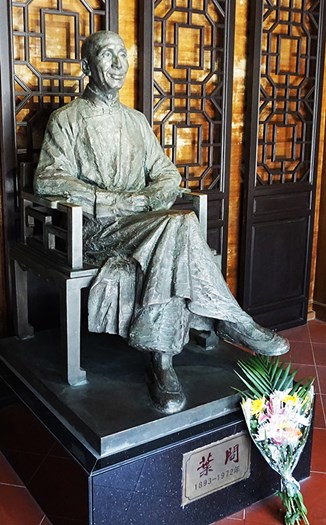
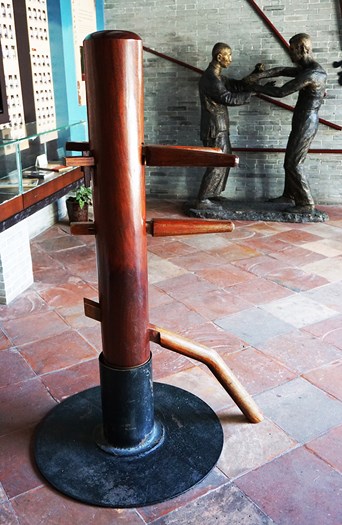
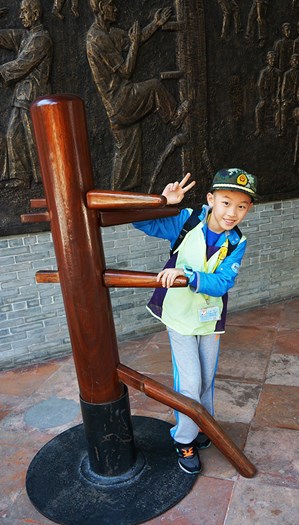
Left: Statue of Ip Man at his Foshan home. Centre: Apparatus he used to train. Right: New generation of followers.
After watching those movies and visiting the Bruce Lee memorial — a statue of the Hollywood icon in a Wing Chun pose — in Hong Kong, I get the urge to visit Foshan, a two hour drive from the former British colony.
“If you really want to appreciate the history of Bruce Lee, Ip Man and Wing Chun, then you have to go to the place where it all started,” a Hong Kong friend and martial arts fanatic tells me.
It was only after years of training with Ip Man that enabled Lee to move from Hong Kong to Hollywood where he pursued his brief but successful movie career.
When I arrive in Foshan — its history dates back to the Ming Dynasty — I’m driven to the oldest part of the city, past open air markets filled with fresh fruit and vegetables grown on the fertile farms that surround this industrial giant, and arrive at a palatial home that looks like it was built for a high official.
“Ip Man lived here until the Japanese confiscated it and used it for themselves,” says my driver.
The brick home is lavish even by today’s standards and reinforces the notion that Ip Man, the first grandmaster of Wing Chun, was made very wealthy by the many disciples he taught.
The two-storey courtyard- style home showcases the type of rich furnishings that would have occupied the house when Ip Man and his family lived here, and the walls are covered with photographs of Ip Man and many of his famous graduates.
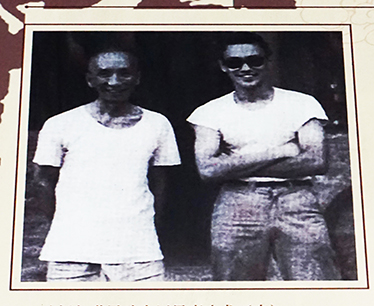
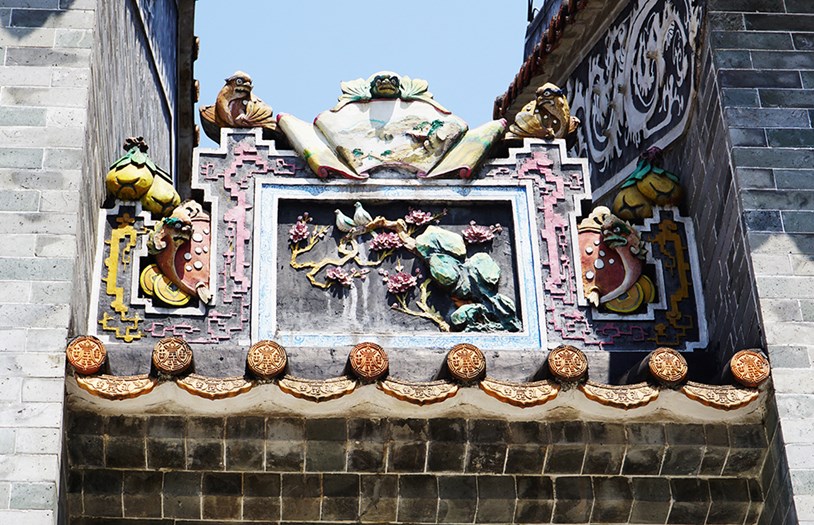
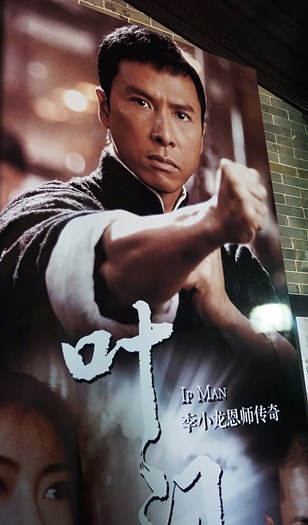
Left: Ip Man with Bruce Lee. Centre: Ip Man's home was palatial. Right: Many movies have been made about Ip man.
However, I can only find one photograph of Ip Man with Bruce Lee — a faded image of Lee wearing his trademark aviator sunglasses standing next to the slight Ip Man holds a place of honour in a reception room off the main entrance of the home.
The courtyard is filled with the apparatuses Ip Man used to train, including the famous “wooden man” dummy which he practiced on daily right up until the time of is death in 1972 at age 79.
“Let me take you to the Ancestral Temple where there is another museum dedicated to Ip Man,” says my driver.
The Ancestral Temple, a sprawling complex that dates back to the Song Dynasty (1078-1085), was ransacked towards the end of the Yuan Dynasty and rebuilt as it is today during the Ming Dynasty (1372).
One of the largest pavilions in the temple is devoted to Ip Man and the lineup to enter is long. While we wait, students of Wing Chun entertain the crowd with their skillful manoeuvres.
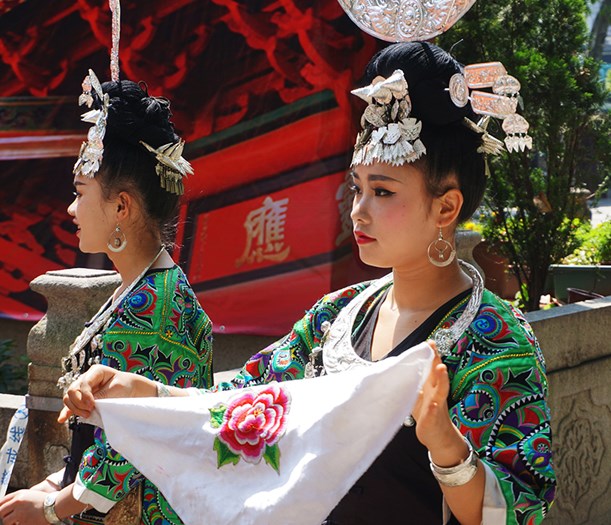
Above: Foshan's history goes back to China's earliest dynasties.
Once inside, we’re greeted by an almost god-like wall size portrait of Ip Man, who looks like he’s descending into Heaven. Young men and women are transfixed on the biographical information displayed throughout the museum and practice their Wing Chun moves on another “wooden man” that stands in the centre of the main room. Interestingly, there is no evidence here of Ip Man’s association with Bruce Lee.
“Few (mainland) Chinese know much about Bruce Lee but everyone knows who Ip Man was,” says my driver as we admire photographs of the grandmaster’s funeral — a state affair that attracted top Chinese government officials and some of Hong Kong’s best-known actors.
Ip Man may be dead but Wing Chun and his legacy live on in Foshan.
About the Author
Marc Atchison is a veteran journalist and a seasoned traveller with more than 20 years of travel writing experience. As the former Travel Editor of the Toronto Star, Canada's largest newspaper, and now Editor-in-Chief and Senior Writer for TraveLife magazine (Canada) and travelife.ca, Marc has been to over 100 countries in the world. Japan is one of his favorite destinations and he's been there on numerous occasions.